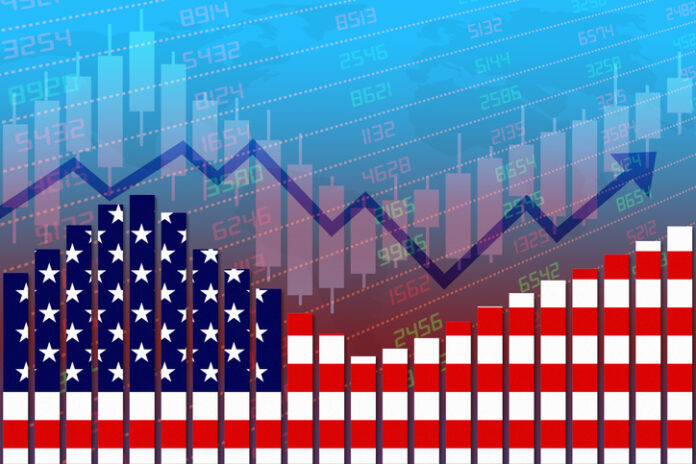The economic news is positive once again and likely to continue next week.
The Week That Was
Most economic indicators confirm the economy experienced a sharp acceleration in March. Moreover, soaring new orders indicate the boom should continue in the months immediately ahead.
The ISM survey of service companies reported booming business conditions and new orders for March. This follows a similar trend for conditions in manufacturing.
Vehicle sales are part of the surge in activity. They rose 13 percent in March to an annual rate of just over 18 million units.
Initial weekly unemployment claims rose slightly in the first two weeks of April. The increase follows a sharp drop in March and is not significant.
Things to Come
The major economic reports scheduled for the coming week include Tuesday’s report on consumer prices (CPI) and Thursday’s reports on retail sales and manufacturing production and the Homebuilders’ survey.
Tuesday’s inflation report for March is likely to show another sharp increase in consumer prices. The total will be affected by soaring prices for oil and gasoline. After reaching $62 in March, oil prices are back below $60. Gas stations are likely to keep prices higher in reaction to a squeeze on profit margins.
Although inflation is percolating beneath the surface, core inflation (excluding food and energy prices) has been less than a 1½ percent annual rate for both the past six months and the past year. Despite sharp increases in total prices, near-term core inflation numbers are likely to remain moderate.
Retail sales data for March should show a sharp rebound following an unusual decline in February. The same is likely to occur for the Fed’s measure of manufacturing activity.
The Homebuilders Survey for April is likely to remain in the mid-80s, indicating the boom in new housing activity continues into the current month.
Market Forces
Stocks turned in a mixed performance this past week. The Nasdaq and QQQs had the biggest gains, and the S&P500 and Dow rose to new all- time highs. Small cap stocks, however, fell by ½ percent.
Weekly moves show stocks rotating into and out of different areas while the overall market trend remains positive. The main force behind the upward move is a highly expansive Fed policy. Monetary stimulus creates a surplus of liquidity for stocks and has ignited gains in business activity.
This week’s sharp reversal in longer-term interest rates provided another spark sending prices higher. The Biden administration tried to discourage investors by proposing more destructive economic policies. Investors were not discouraged. Cautious statements by some Democrats are viewed as a possible barrier to Biden’s most destructive policy proposals.
The Fed continues to add kindling to the inflationary fire and promises it will continue to do so. Although longer-term interest rates moved lower this past week, implied inflation expectations remain high. The implied inflation expectation is currently 2.3 percent. It is measured by subtracting the inflation-adjusted 10-year T-bond yield from the actual 10-year T-bond yield. Although core inflation rates remain very low, the bond market expects higher inflation. The market is more reliable.
As for stocks, the gains in the S&P500 move the index to 21 percent above fundamental value. Stocks are overextended and the risks of a reversal, or at least a leveling off, are rising.
Despite the heightened risks and the likelihood of some temporary setback, ongoing monetary stimulus can continue to drive stock prices higher.
Outlook
Economic Fundamentals: positive
Stock Valuation: S&P500 overvalued by 21 percent
Monetary Policy: highly expansive











